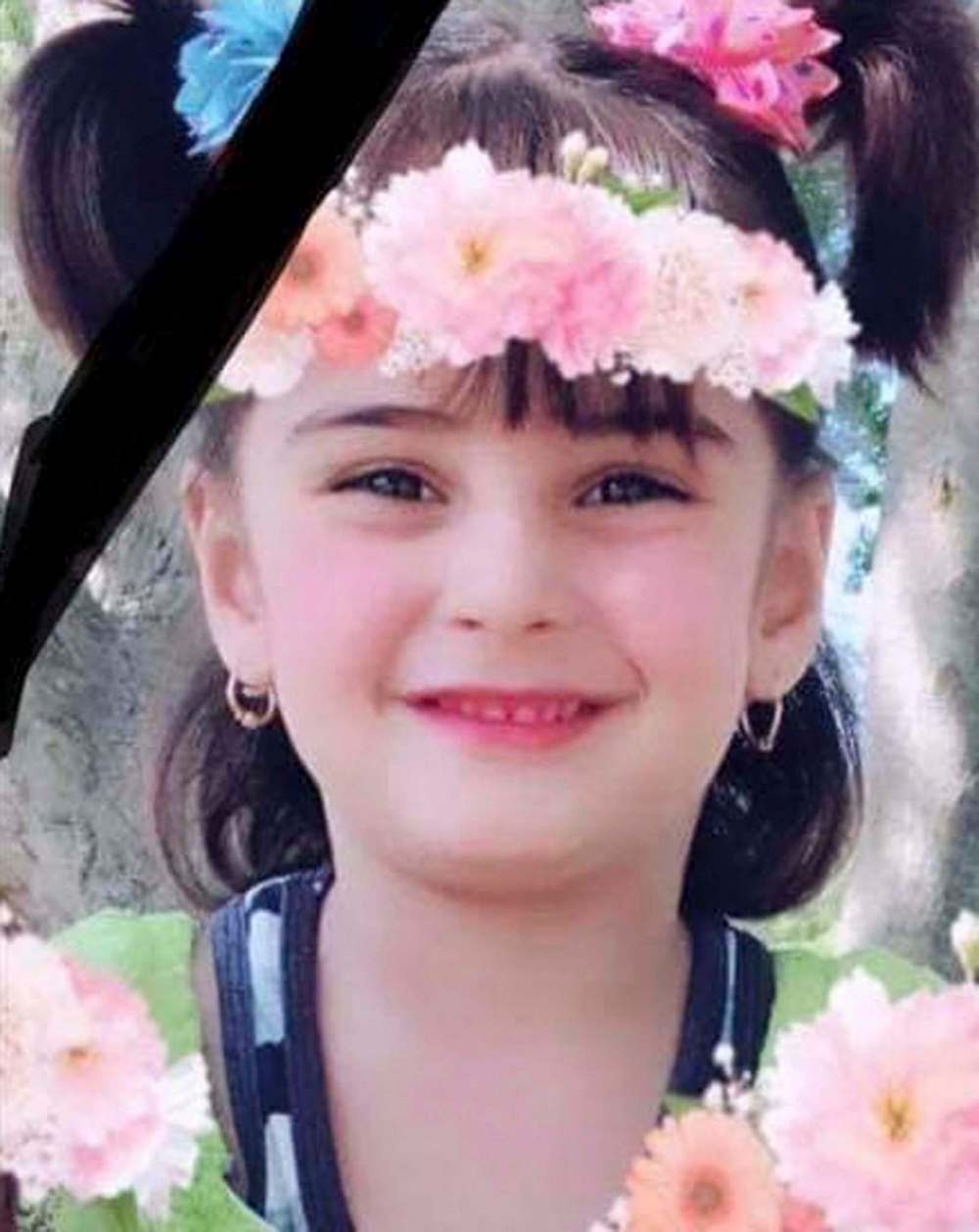Car seat safety lessons for newcomers important: expert
Read this article for free:
or
Already have an account? Log in here »
To continue reading, please subscribe:
Monthly Digital Subscription
$19 $0 for the first 4 weeks*
- Enjoy unlimited reading on winnipegfreepress.com
- Read the E-Edition, our digital replica newspaper
- Access News Break, our award-winning app
- Play interactive puzzles
*No charge for 4 weeks then billed as $19 every four weeks (new subscribers and qualified returning subscribers only). Cancel anytime.
Read unlimited articles for free today:
or
Already have an account? Log in here »
Hey there, time traveller!
This article was published 13/07/2020 (1376 days ago), so information in it may no longer be current.
A safety consultant says newcomers to Canada are still not being educated about the proper use of child car seats a year after a five-year-old girl was killed in a collision involving her Yazidi family.
Jen Shepka, a car seat expert with Greybird Consulting and a child passenger safety technician trainer with the Child Passenger Safety Association of Canada, said while new parents here receive some information about car seat use when their child is born in hospital, families who come here as immigrants or refugees miss that step.
“To us growing up here, you put on a seatbelt and you buckle your child in a car seat — that’s what you do,” Shepka said on Tuesday.
“But if you have no familiarity about that, you don’t. But we know properly used car seats and booster seat use reduce deaths and injury by up to 71 per cent. That’s important.”
“I truly feel we are failing newcomers at every opportunity at car seat safety.” –Jen Shepka
Binsaa Ahmed died after the van she was in collided head-on with an eastbound SUV on Dalhousie Drive on June 19, 2019, at about 1:40 p.m. Police said at the time she was not restrained in a child car seat at the time of the collision.
The girl’s two younger siblings, aged four and one, who were both in car seats, were taken to hospital in stable condition while their mother, the driver, was not injured.
The Free Press reported at the time of the collision that Ahmed’s family had survived the terror of the so-called Islamic State group and refugee camp perils and had arrived in Winnipeg in 2017.
Earlier this week, Winnipeg police announced they had arrested the 27-year-old mother who now faces charges of careless driving causing death, driving while in the learner’s stage without a supervisor causing death, and driving a vehicle where a child is not properly restrained.
Police allege the driver was attempting to pass a vehicle in the opposite lane when she lost control and struck an eastbound vehicle.

A friend of the family, Hadji Hesso, said he could not comment on the charges the woman now faces, but last year he said “the family was trying to be part of the community, to integrate and contribute.”
“Tragically, this pushes us back and it pushes the family back. What happened to them after they came to Canada, because it’s a safe country to live in, was unfortunately an accident,” Hesso said.
“The thing we do know is the girl has lost her life.”
Shepka said while police usually say whether a collision victim used a seatbelt or not, it is rare for police to say in the wake of a collision whether a child was buckled in a car seat or not.
“By the time the collision happens that parent is already suffering forever and nobody wants to be the one to point there,” she said.
“It’s hard for people, who may have come from wars, to get their head around that the car is the riskiest place for kids in Canada.” –Jen Shepka
“But how are newcomers ever going to acquire this information? It’s not readily available and it’s hard for people, who may have come from wars, to get their head around that the car is the riskiest place for kids in Canada.”
Shepka said while there is information about car seats on the Manitoba Public Insurance website, there needs to be more done to educate newcomers.
“I truly feel we are failing newcomers at every opportunity at car seat safety.”
Child restraints: Quick reference guide
Manitoba Public Insurance provides the following advice on choosing the correct child restraint:
Rear-facing child car seat: Use a rear-facing car seat from birth until your child reaches the maximum weight or height limit listed on their car seat. Some seats are made for children up to 20 kg (45 lb.).
Keep your child rear-facing as long as possible. Don’t switch too soon as your child’s head and neck are still developing.
Forward-facing child car seat: Use a forward-facing car seat until your child reaches the maximum weight or height limit listed on their car seat. Some seats are made for children up to 30 kg (65 lb.).
Booster seat: Use a booster seat once your child reaches the maximum weight or height limit listed on their car seat. Provincial law requires placing children in the appropriate car seat until they’re at least 145 cm (4’ 9”), 36 kg (80 lb.) or nine years old.
Seatbelt: Use a seatbelt only when your child is more than 145 cm (4’ 9”), 36 kg (80 lb.) or nine years old. Children should sit in the back seat until they are at least 13 years of age.
https://www.youtube.com/watch?v=-ibRca9TO-s
-Source: Manitoba Public Insurance
MPI spokesman Brian Smiley said it is the law for children of a certain age and size to be restrained in car seats or booster seats.
The MPI website says children have to put in a rear-facing seat until they reach the limit of the seat, while a forward-facing or booster seat has to be used until they are nine years of age, weigh 36 kilograms, or are 145 centimetres tall.
Smiley said a driver who has a Class 5 learner’s permit has shown MPI they are a Manitoba resident and have successfully passed a Class 5 knowledge test and an in-car road test.
He said the driver also would face a number of restrictions, as part of the province’s Graduated Driver Licensing program, including having a supervising licensed driver with a minimum of three years behind the wheel as the only front seat passenger, limiting the number of passengers in the back seats to the number of functioning seatbelts, and not having drugs or alcohol in their system.
As well, Smiley said while Manitoba does have reciprocal licence agreements with some countries — including the United States and United Kingdom — MPI says if there is no reciprocal agreement with the country an immigrant or refugee is from, and they have a driver’s licence from that country, they will still have to pass a road test here before they are given a Manitoba licence.
MPI says if they don’t pass the road test right away, they can still drive, but only with a supervising driver.
kevin.rollason@freepress.mb.ca

Kevin Rollason
Reporter
Kevin Rollason is one of the more versatile reporters at the Winnipeg Free Press. Whether it is covering city hall, the law courts, or general reporting, Rollason can be counted on to not only answer the 5 Ws — Who, What, When, Where and Why — but to do it in an interesting and accessible way for readers.










